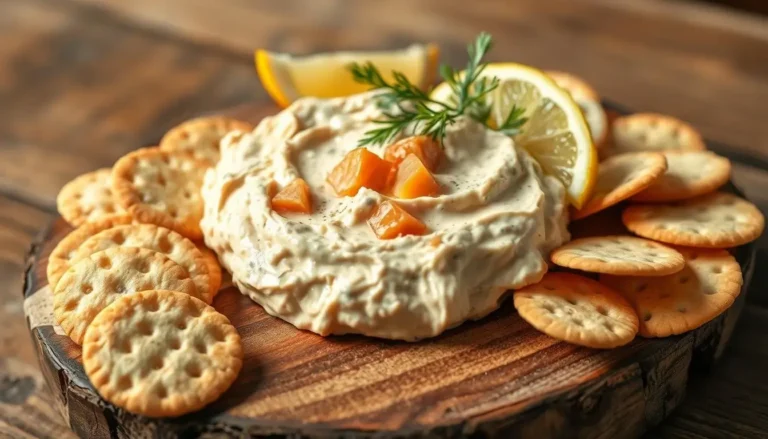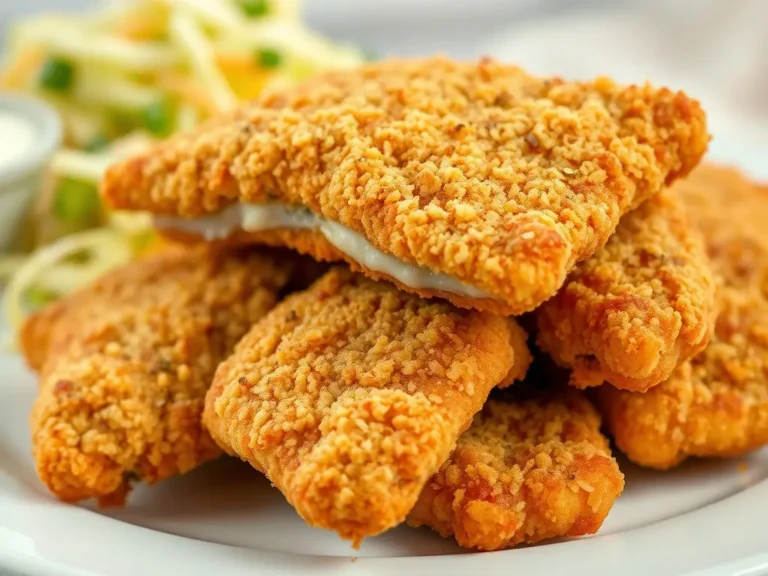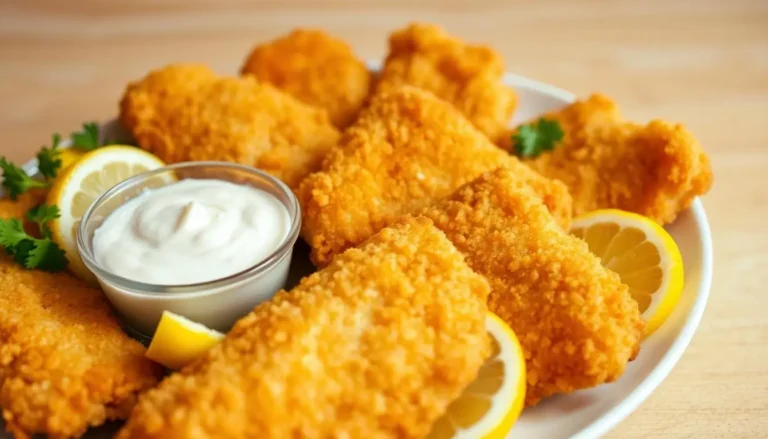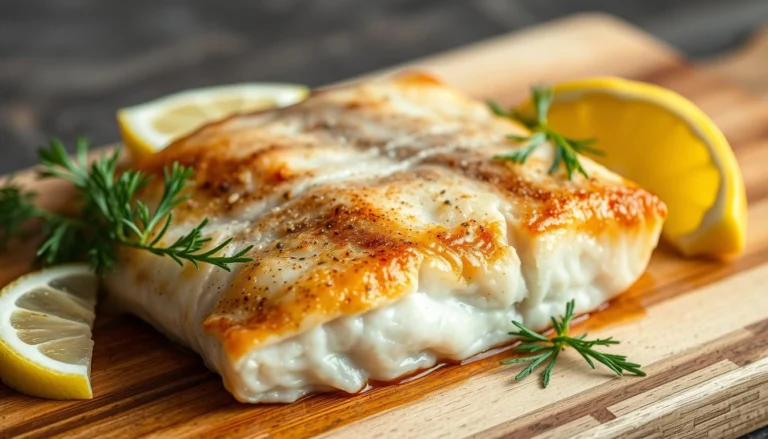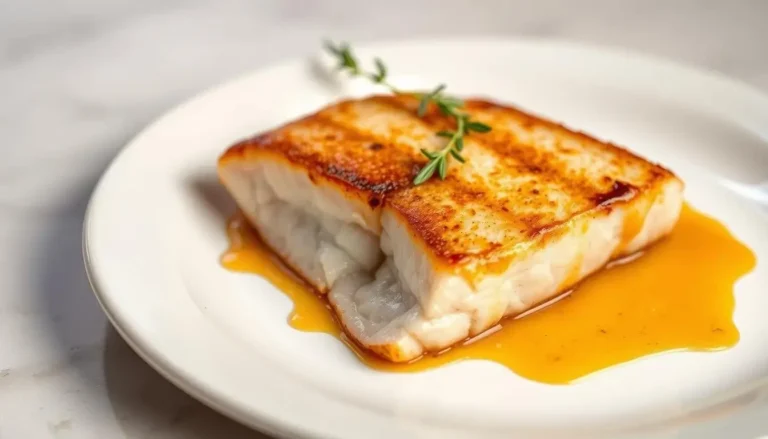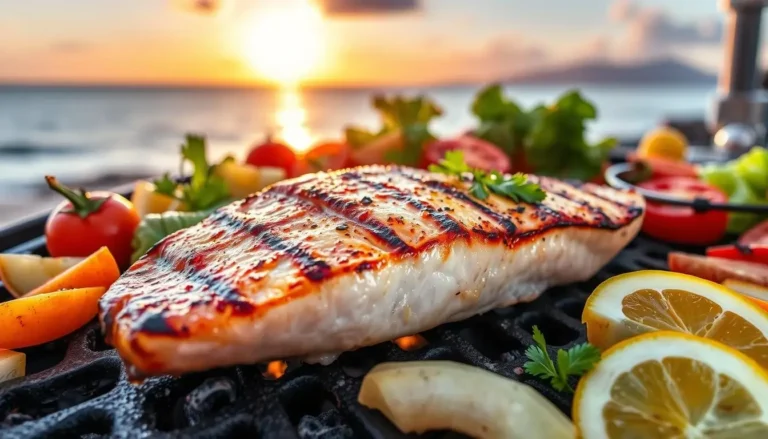Ultimate Red Fish Dish Ideas: Delicious & Flavorful Recipes for Any Meal
Table of Contents
Red Fish Dish
Imagine this: You’re hosting a dinner party, and the clock is ticking. Your guests arrive in 45 minutes. But instead of panic, you feel calm. Why? Because you’ve mastered a showstopping redfish recipe that’s as impressive as it is simple. The golden-brown fillets sizzle in a skillet, infused with thyme and butter, while a velvety sauce simmers nearby. By the time your friends arrive, your kitchen smells like a five-star restaurant.
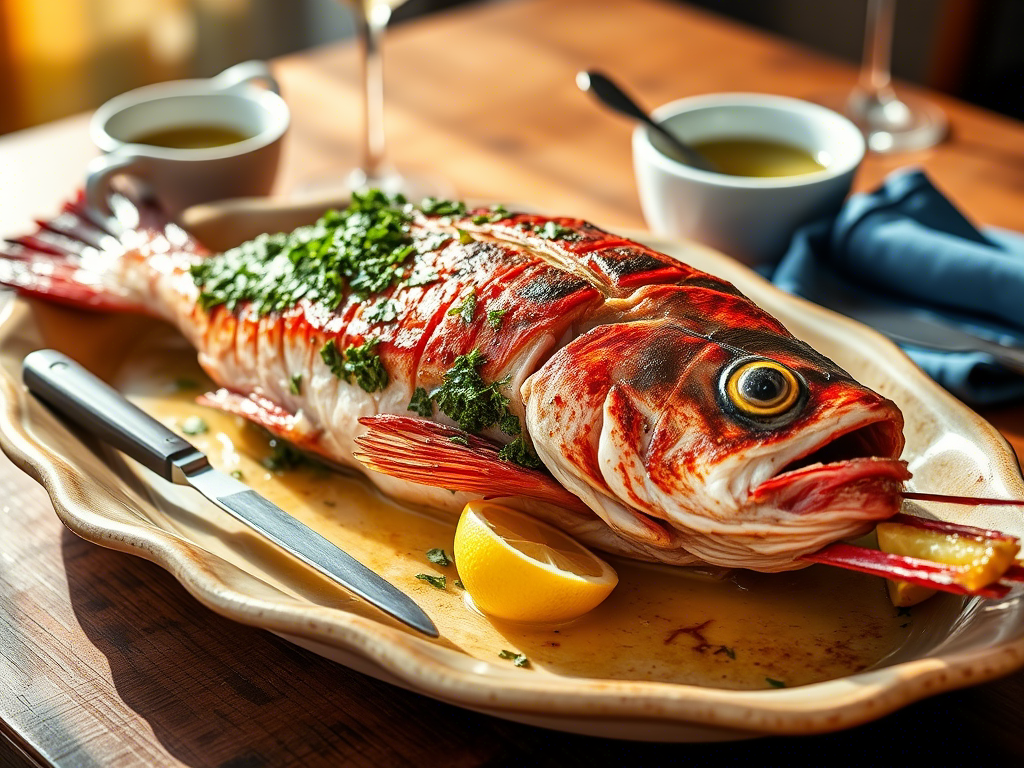
This is the magic of cooking with redfish. Its mild flavor and firm texture make it perfect for everything from quick family dinners to elegant date nights. Whether you’re searing fillets with a peppercorn crust or baking them with lemon and herbs, this versatile seafood adapts to your needs. Best of all? You don’t need professional skills to create restaurant-quality results.
In this guide, you’ll discover recipes that balance simplicity with sophistication. Learn how to pair ingredients like fresh thyme and creamy sauces to elevate your meals. We’ll also share tips for selecting sustainable options and achieving that perfect sear every time. Are you prepared to turn your kitchen into a culinary hotspot? Let’s dive in.
Key Takeaways
- Redfish is incredibly versatile, making it suitable for both informal and high-end culinary creations
- Master pan-searing techniques for crispy, golden fillets
- Pair with herbs like thyme or sauces for enhanced flavor
- Discover sustainable sourcing practices for seafood
- Get time-saving tips for weeknight-friendly meals
Introduction to Red Fish Dish Recipes
Ever wonder why chefs love working with this versatile seafood? Its mild, slightly sweet taste pairs perfectly with bold spices or delicate herbs. The firm texture holds up to high-heat methods like grilling or blackening without falling apart. This makes it ideal for both quick weeknight meals and special occasions.
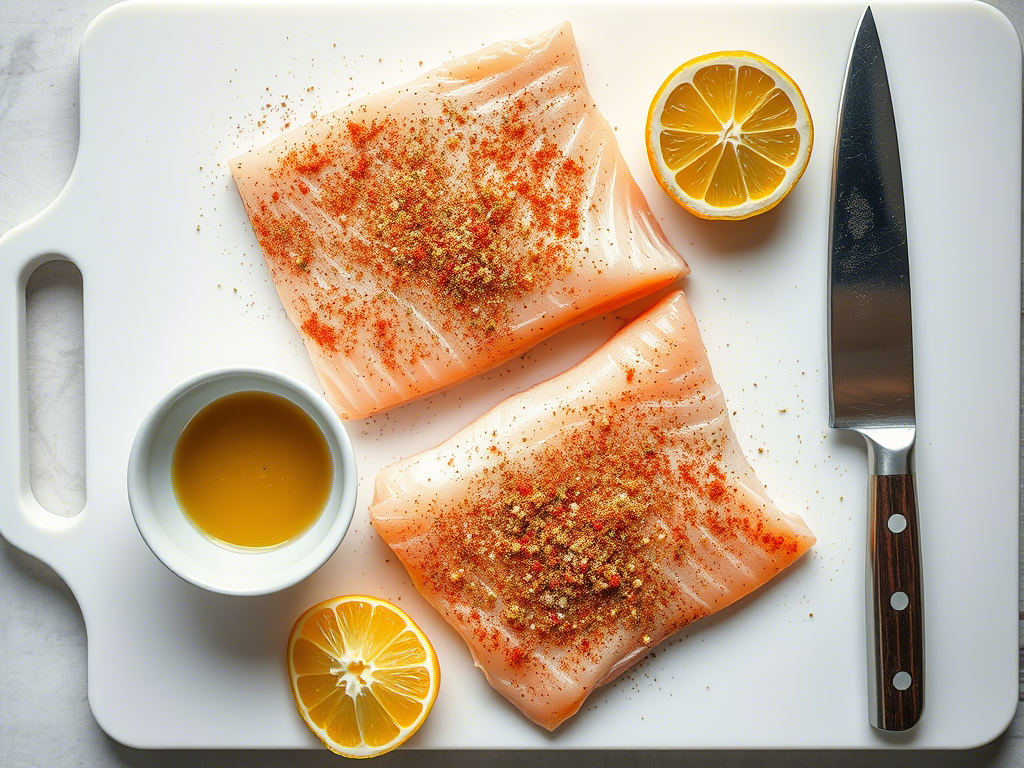
Understanding Red Fish: Flavor and Texture
Redfish fillets have a clean, ocean-forward flavor that absorbs marinades beautifully. Their dense texture stays moist during cooking, even under intense heat. This technique enables you to achieve a crunchy outer layer while ensuring the interior remains moist. A quick sear in melted butter with thyme transforms simple ingredients into something extraordinary.
Why You Should Explore These Recipe Ideas
Cooking with this seafood requires minimal effort for maximum impact. You control the heat and timing easily – no professional skills needed. Try these three approaches:
| Method | Best For | Key Ingredients |
| Pan-Searing | Crispy skin | Butter, garlic, lemon |
| Baking | Healthy meals | Olive oil, herbs |
| Blackening | Bold flavor | Paprika, cayenne, thyme |
Upcoming sections will show how to select quality fillets and master essential techniques. You’ll learn to balance salt, pepper, and heat for perfect results every time. Even beginners can achieve restaurant-quality dishes with these practical tips.
Selecting High-Quality and Sustainable Red Fish
Your culinary success starts long before the skillet hits the stove. Choosing the right ingredients determines whether your meal tastes ordinary or extraordinary. Let’s examine how to make educated choices when shopping at the market.
Redfish vs. Acadian Redfish: What You Need to Know
While both species share similar names, they differ in sustainability and availability. True redfish thrive in Gulf Coast waters and have copper-colored scales. Acadian varieties, often found in the North Atlantic, face stricter fishing regulations due to overharvesting.
| Feature | Redfish | Acadian Redfish |
| Habitat | Gulf of Mexico | North Atlantic |
| Conservation Status | Managed populations | Protected in some areas |
| Farming Options | Available | Limited |
Tips for Finding Fresh and Sustainable Fish
Look for firm, translucent fillets with a clean ocean scent. Avoid any with dull coloring or strong fishy odors. Here’s a quick quality checklist:
| Quality Indicator | What to Look For |
| Texture | Springs back when pressed |
| Color | Bright pink or orange hues |
| Certification | MSC or ASC labels |
Purchase from local markets that disclose catch dates and locations. Options from aquaculture frequently ensure reliable quality while alleviating the strain on natural populations. Remember: better ingredients mean your salt and pepper seasoning will shine rather than mask flavors.
In later sections, you’ll see how these premium fillets transform with simple techniques like pan-searing in butter. The right foundation makes every recipe unforgettable.
Essential Ingredients and Tools for Your Red Fish Dish
Great meals begin with smart preparation. Gathering the right components ensures your culinary efforts yield professional-level results. Let’s explore what you’ll need to create memorable seafood entrees.
Key Ingredients: From Butter to Fresh Herbs
Quality matters. Start with fresh fillets – their firm texture holds seasonings better than frozen alternatives. Unsalted butter lets you control sodium levels while adding richness. Fresh thyme or rosemary infuses aromatic depth, and coarse salt enhances natural flavors without overpowering.
Precision transforms simple recipes. Measure tablespoons of melted butter for basting – too little leaves fillets dry, too much overwhelms. A half-cup of chopped herbs balances freshness with subtlety. Pair with sides like Yukon Gold potatoes for a complete meal.
Essential tools streamline cooking:
- Nonstick skillets: Prevent sticking and ensure even heat distribution
- Fish spatulas: Flip delicate fillets without tearing
- Mixing bowls: Combine seasonings thoroughly
Proper measurements create harmony. Using two tablespoons of butter for each fillet results in a beautifully crisp crust. One teaspoon of salt per pound enhances taste without dryness. These ratios let premium ingredients shine, turning basic recipes into restaurant-worthy plates.
A Comprehensive Guide to Preparing a Red Fish Dish
Ready to transform fresh fillets into a restaurant-quality meal? Follow these techniques to master pan-searing and blackening while achieving that ideal crispy texture. Let’s break down the process into simple, foolproof steps.
Pan-Seared and Blackened Techniques
Begin with clean fillets – dry them well using paper towels. Season both sides with 1 teaspoon of salt and cracked pepper. Heat a skillet over medium-high until water droplets sizzle instantly. Add 1 tablespoon of oil, then place fillets skin-side down. Apply gentle pressure with a spatula to ensure complete contact.
Cook undisturbed for 3 minutes. The skin will become crispy as the flesh transitions to an opaque color halfway through cooking. Flip carefully and add 2 teaspoons of butter with thyme sprigs. Tilt the pan, baste continuously for 90 seconds. Verify the internal temperature: 130°F for medium-rare.
Cooking Tips: Achieving Crispy Skin and Perfect Doneness
Avoid filling the pan too much – prepare in smaller portions if required. For blackened recipes, coat fillets in paprika and cayenne first. Use a cast-iron skillet heated to 400°F. Sear 2 minutes per side, creating a smoky crust without burning.
Key reminders:
- Rest fillets 3 minutes before serving
- Use high-smoke-point oils like avocado for searing
- Clean the skillet between batches to avoid sticking
Adjust heat as needed – lower it if spices darken too quickly. Pair these methods with lemon wedges or herb sauces for balanced flavor. With practice, you’ll nail both techniques in under 15 minutes.
Expert Tips and Tricks for an Unforgettable Dinner
What separates good meals from legendary ones? Often, it’s the subtle details professionals use to elevate flavors. These chef-approved strategies will help you master delicate balances in your kitchen.
Seasoning Secrets and Temperature Control
Timing matters with salt. Sprinkle it just before cooking – too early, and it draws moisture out, making fillets dry. For a 1-pound portion, use 1 teaspoon of kosher salt maximum. Fresh thyme leaves add brighter flavor than dried; strip stems gently to avoid bitterness.
Butter basting requires precision. Melt 2 tablespoons in your skillet, then tilt the pan to spoon it over the fillets continuously. This creates a golden crust while keeping the interior tender. Keep the heat at medium-high (375°F) to ensure consistent cooking without any burning.
Small adjustments create big results:
- Reduce heat by one level after searing to prevent overcooking
- Measure spices with measuring spoons – a ¼-teaspoon difference in cayenne alters heat intensity
- Cook skin-side fillets 30 seconds longer for extra crispness
Test doneness by inserting a fork at the thickest point. If it slides through easily, you’ve hit the 130°F sweet spot. Let rest 3 minutes before serving to redistribute juices. These refinements turn weeknight dinners into experiences guests remember.
Conclusion
Mastering seafood preparation becomes effortless when working with versatile redfish. Its firm texture adapts beautifully to quick weeknight dinners or elaborate gatherings. Whether you pan-sear fillets with thyme-infused butter or experiment with bold spice rubs, this ingredient rewards creativity while forgiving minor mistakes.
Remember: success starts with quality fillets and precise techniques. A single teaspoon of salt at the right moment enhances flavor without drying. Crispy skin emerges from proper heat control, while melted butter basting ensures tender results. Every step matters – from selecting sustainable options to resting cooked portions before serving.
Now’s your chance to transform these recipes into personal masterpieces. Swap herbs, adjust spice levels, or pair with unique sauces. Share your creations with fellow enthusiasts and celebrate the journey of culinary growth. After all, great cooking blends science with artistry – and with practice, you’ll plate perfection every time.
FAQ
How does the flavor of redfish compare to other seafood options ?
Redfish has a mild, slightly sweet taste with a firm texture. It holds up well to bold seasonings like blackening spices or herb butter, making it versatile for various recipes.
What’s the difference between redfish and Acadian redfish ?
Redfish typically refers to species like red drum, found in Gulf Coast waters, while Acadian redfish is a deep-water variety from the North Atlantic. Their textures differ slightly, with red drum being firmer for grilling or pan-searing.
What ingredients are essential for a flavorful redfish recipe ?
Quality butter, fresh herbs like thyme or parsley, and spices such as paprika or cayenne enhance the natural flavors. A squeeze of lemon or white wine can also add brightness to sauces.
How do I achieve crispy skin when cooking redfish fillets ?
Pat the skin dry, season lightly, and cook skin-side down in a hot skillet with oil or butter. Press gently to prevent curling and let it sear undisturbed for 3–4 minutes until golden.
What’s the ideal internal temperature for perfectly cooked redfish ?
Aim for 145°F (63°C) at the thickest part. Use a meat thermometer to avoid overcooking, which can dry out the delicate flesh. Let it rest 2–3 minutes before serving.
Can I substitute redfish with another type of fish in these recipes ?
Yes! Snapper, grouper, or striped bass work well. Choose firm-fleshed varieties that hold up to high-heat methods like blackening or pan-searing.

